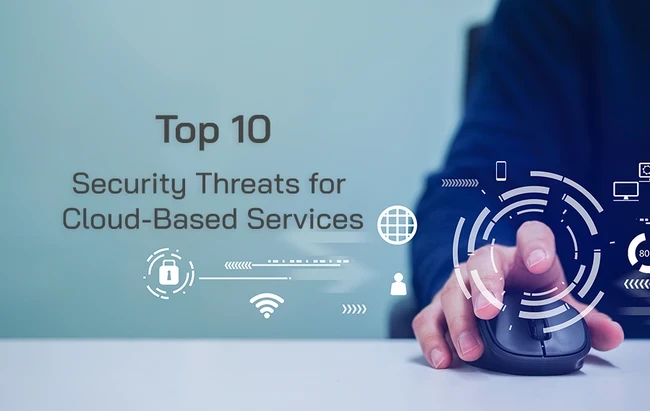Cloud adoption is ever-increasing, and the COVID-19 pandemic is yet another catalyst in its uptake. Now more than ever, businesses are embracing the cloud for its cost efficiency, flexibility, scalability, and more. They are also quickly reaping the benefits of being able to add new components and capabilities to their environments within a matter of minutes.

Despite these perks, there is simply no shying away from cloud's inherent security issues. Although it's becoming safer by the year, a number of threats still linger that businesses should prepare for. Here are the top 10 security threats to cloud-based services businesses must be prepared for.







Comments ( 0 )